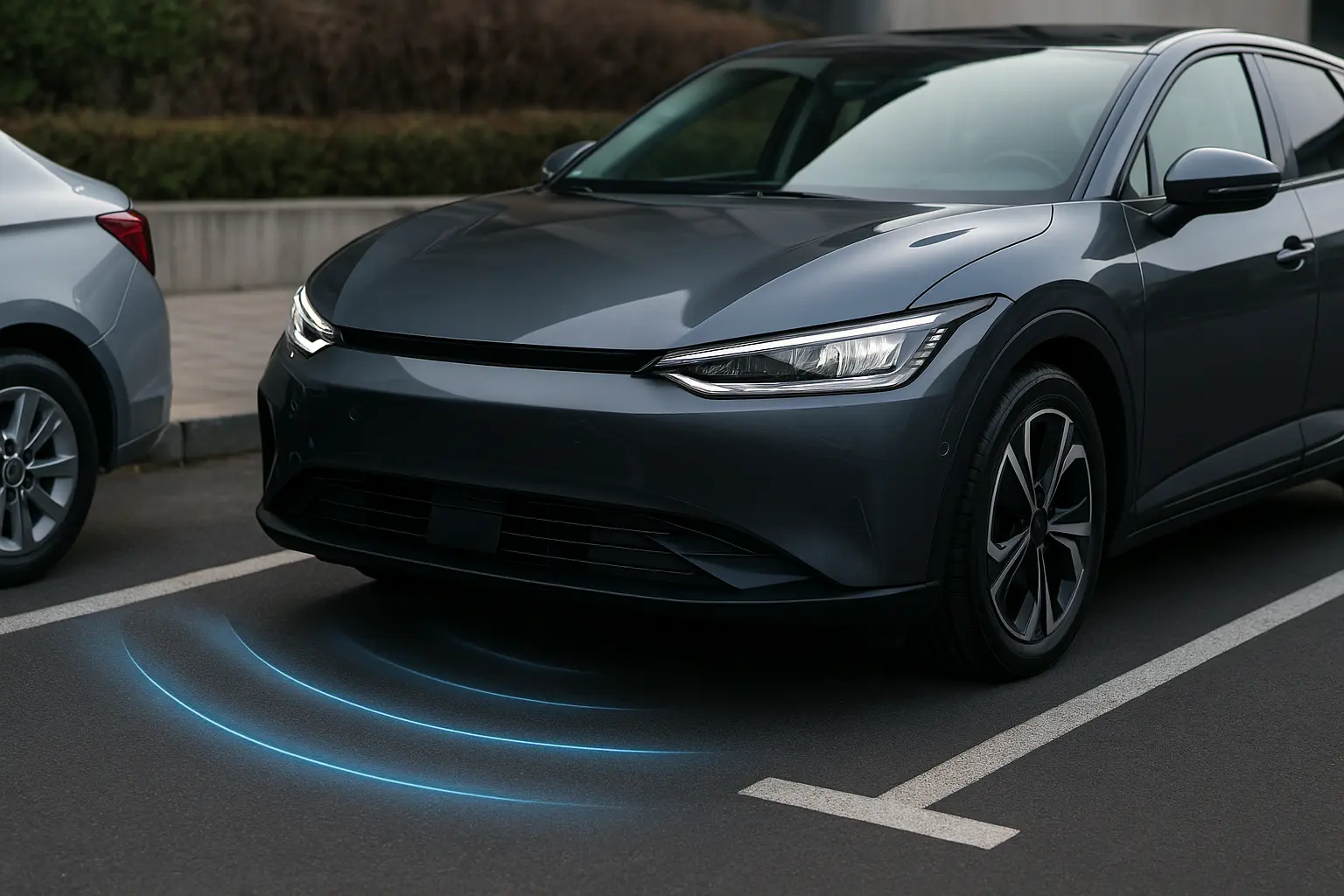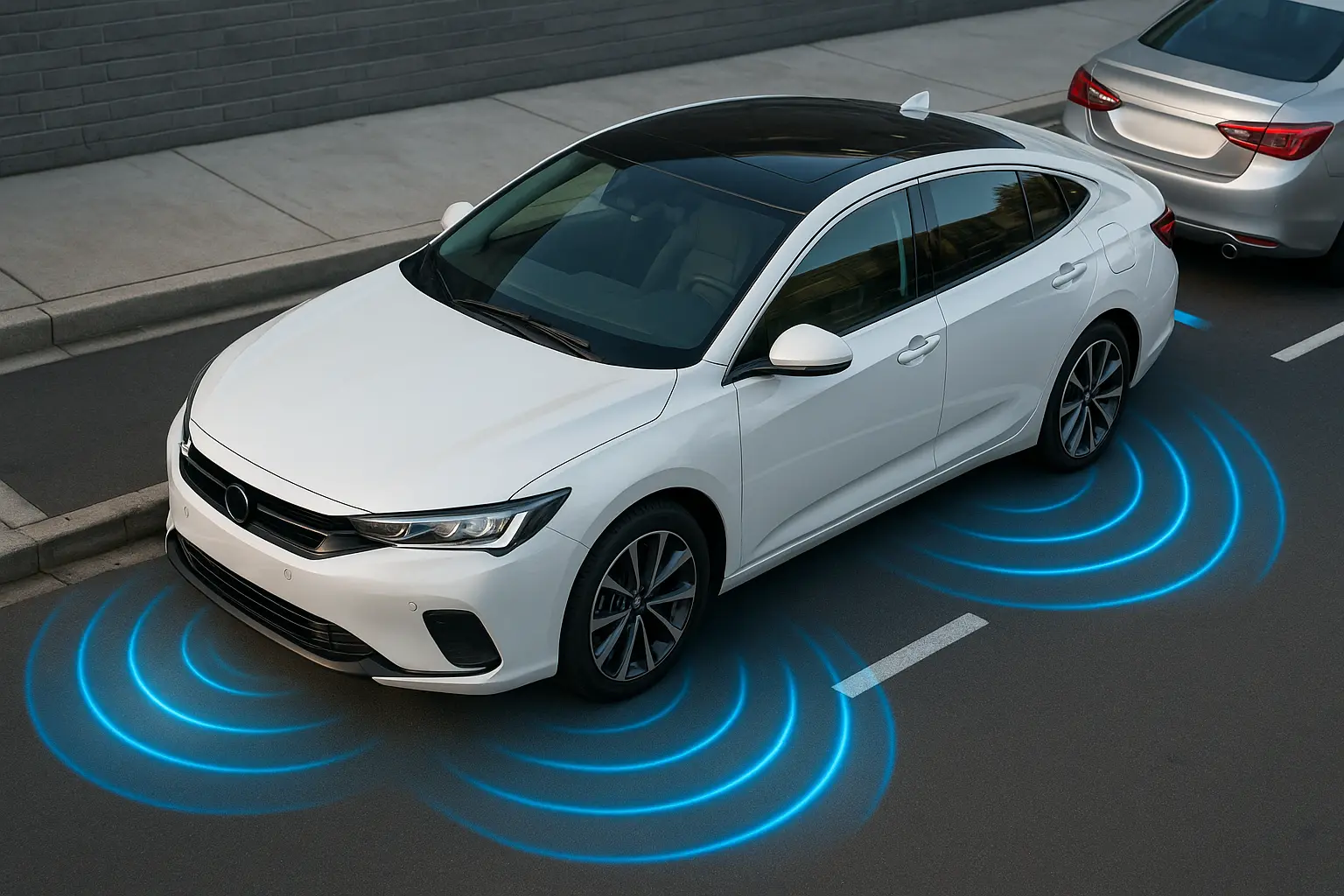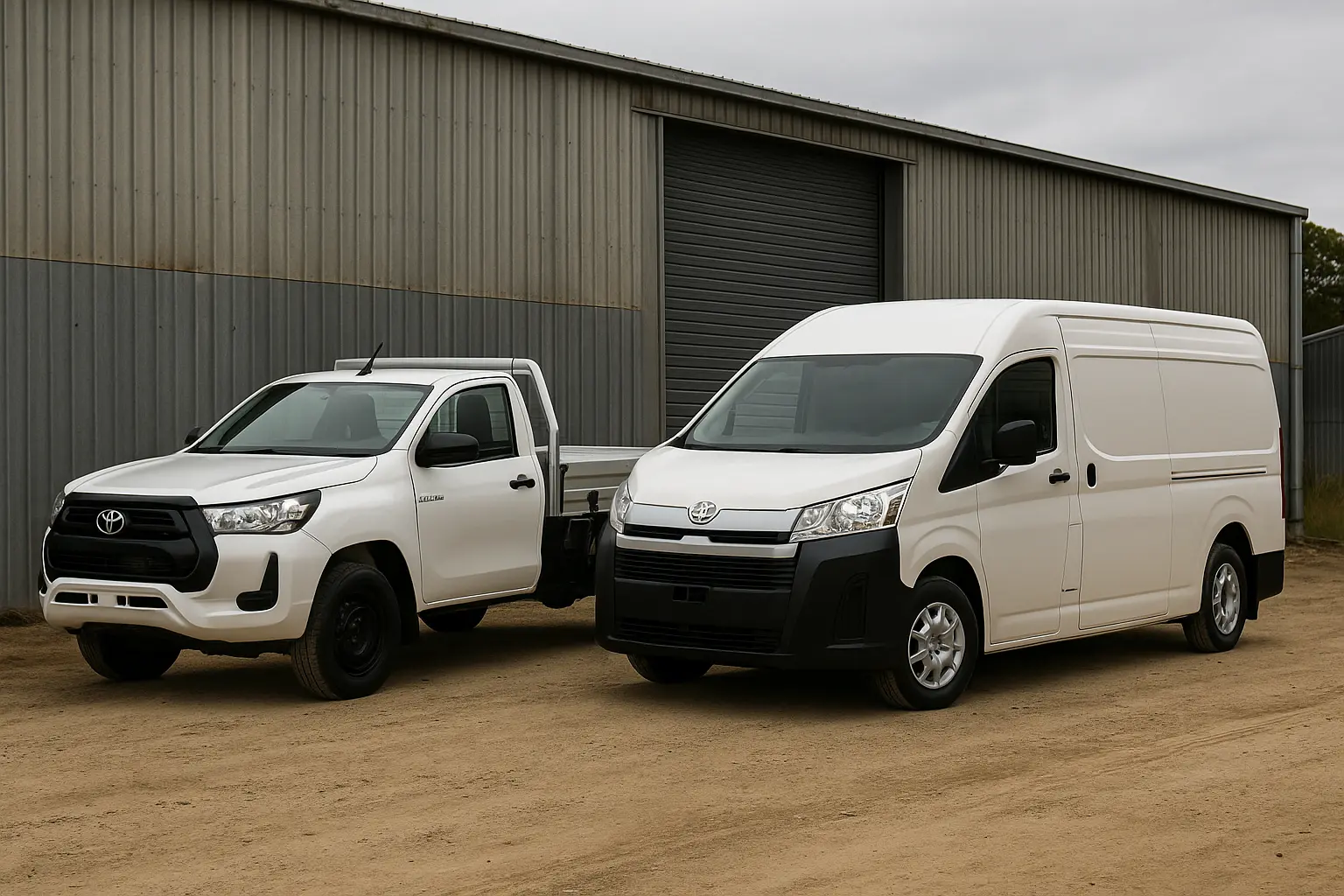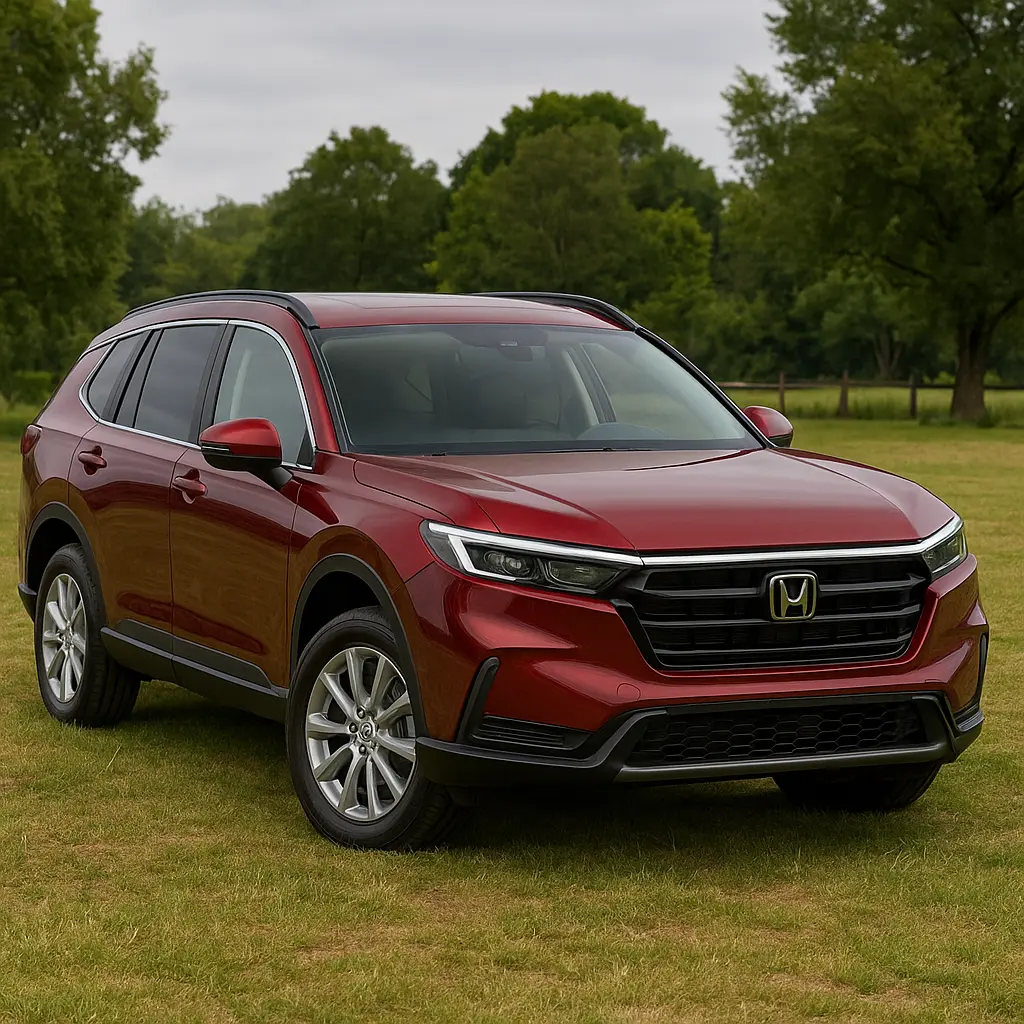How Autonomous Parking Works – Aussie Cars Doing It for You
Introduction: The Parking Evolution Is Here

Parallel parking anxiety? Multistorey car park chaos? Not anymore.
Autonomous parking—or self-parking car tech—is becoming a mainstream feature in Australian cars in 2025. From budget-friendly hatchbacks to luxury SUVs, carmakers are integrating intelligent parking systems to make life easier and safer for drivers. But how does this technology actually work? Is it reliable? And which Aussie-spec cars offer it today?
This blog unpacks everything you need to know about autonomous parking: the tech behind it, the different types, its safety protocols, and a list of 2025 models available in Australia featuring it.
Chapter 1: What Is Autonomous Parking?
Autonomous parking refers to a vehicle’s ability to detect parking spaces and maneuver itself into (and often out of) them without driver input. Using an array of sensors, cameras, and advanced algorithms, the car can handle everything from steering to braking during the parking process.
Key Objectives:
Make parking faster and less stressful
Reduce human error and minor accidents
Enable use of tight or complex spaces
Improve accessibility for all drivers
Chapter 2: How It Works – The Technology Stack
Modern self-parking systems integrate several layers of tech:
1. Ultrasonic Sensors
These detect nearby objects, curbs, and other vehicles.
Typically placed on bumpers and side panels.
2. Cameras (360-degree or Rearview)
Feed real-time images into the car’s central processor.
Help the car “see” available spaces and obstacles.
3. Radar and Lidar (in high-end systems)
Radar handles longer-range object detection.
Lidar adds laser precision for accurate distance mapping.
4. Electronic Control Units (ECUs)
These units process sensor input to calculate steering, throttle, and brake actions.
5. Software Algorithms
Advanced AI software interprets sensor data to identify suitable parking spaces, determine turning radius, and initiate safe parking paths.
6. Drive-By-Wire Systems
These electronically control steering, acceleration, and braking—vital for hands-free parking.
Chapter 3: Levels of Parking Autonomy
There are several levels of parking autonomy, similar to general autonomous driving levels:
Level 0 – Manual Parking
Driver does everything. No automation.
Level 1 – Assisted Parking
Parking sensors and cameras help, but no steering input from the car.
Level 2 – Semi-Automated Parking
Car controls steering; driver manages throttle and brakes.
Common in many 2020s models.
Level 3 – Fully Automated Parking
Car can handle all functions: identifying a spot, controlling steering, braking, and throttle.
Level 4 – Remote Valet Parking (in development)
Driver can step out; the car parks itself in a carpark using GPS and 5G connectivity.
Chapter 4: Types of Autonomous Parking Systems
1. Parallel Parking
Most common application
The car aligns itself with a parked vehicle, detects space, and reverses itself into the spot.
2. Perpendicular Parking
Typically used in shopping centres or driveways
Requires additional scanning to detect slot lines or adjacent vehicles.
3. Remote Parking via App or Key Fob
Useful in tight garages where door opening is difficult
Activated by smartphone or smart key
4. Autonomous Valet Parking (AVP)
Seen in premium brands like BMW, Tesla, and Mercedes-Benz
Car drops you off and finds a space autonomously
Chapter 5: Benefits for Australian Drivers
✅ Stress-Free Parking in Urban Centres
CBDs like Sydney, Melbourne, and Brisbane often present tight parking.
Autonomous systems reduce the hassle.
✅ Improved Safety
Reduces fender benders and scratches
Perfect for learner drivers and elderly motorists
✅ Increased Efficiency
Car parks can be better utilised with tighter parking gaps
Especially helpful in shopping centres and airports
✅ Enhanced Accessibility
Drivers with limited mobility benefit greatly from remote-controlled parking.
Chapter 6: Which Cars in Australia Offer Autonomous Parking in 2025?
Let’s explore notable models across budget and premium categories.
Budget to Mid-Range Cars
| Make & Model | Type of Parking Assist | Price (Approx.) |
|---|---|---|
| Hyundai Kona EV | Semi-Auto + Remote Assist | $54,000 |
| Kia Niro EV | Smart Park Assist | $52,000 |
| Toyota Corolla Cross | Advanced Park Assist | $42,000 |
| MG4 EV | 360° Parking Camera + Sensors | $39,000 |
Luxury and Premium Cars
| Make & Model | Type of Parking Assist | Price (Approx.) |
|---|---|---|
| Tesla Model Y | Summon & AutoPark | $65,000+ |
| BMW iX3 | Remote Parking & AVP Ready | $95,000+ |
| Mercedes-Benz EQB | Fully Autonomous Parking | $100,000+ |
| Audi Q8 e-tron | Park Assist Plus | $130,000+ |
Chapter 7: Common Questions from Aussie Buyers
❓Is autonomous parking legal in Australia?
Yes, as long as the driver remains responsible. Level 3 parking tech is legal and approved under ADRs (Australian Design Rules).
❓Does it work on gravel or sloped driveways?
It depends. Most systems work best on paved, marked surfaces. Some struggle with loose surfaces or poor visibility.
❓Is it available on petrol or hybrid cars too?
Absolutely. While EVs lead in smart tech, several hybrids and petrol cars now offer self-parking.
Chapter 8: Limitations & Challenges
Despite its futuristic appeal, autonomous parking isn't perfect.
🚫 Sensor Blind Spots
Some systems may not detect low obstacles like curbs or small poles.
⚠️ Weather Dependency
Heavy rain or fog may limit sensor functionality.
🧠 Overreliance
Drivers may become too reliant and forget basic parking skills—a concern for driving instructors.
📶 Software Glitches
Like all tech, bugs happen. Regular software updates are necessary.
Chapter 9: Maintenance and Care of Autonomous Parking Systems
🔧 Keep Sensors Clean
Mud or bugs on sensors or cameras can impair accuracy.
🛠️ Software Updates
Most modern cars allow over-the-air updates. Stay current for performance and safety.
📋 Check During Servicing
Always include system calibration during major services, especially after minor collisions.
Chapter 10: The Future of Self-Parking in Australia
As we move towards more autonomous driving in Australia, expect these trends:
🔄 More Cars Offering Level 3 and 4 Parking
Especially as brands compete in the EV and tech race.
🅿️ Smart Parking Infrastructure
Look out for carparks with vehicle-to-infrastructure (V2I) support in cities like Sydney and Adelaide.
📱 App-Controlled Parking from Anywhere
Soon you may be able to summon your car from across a carpark using your phone.
🤖 AVP Zones in Malls and Airports
Premium valet parking without humans is already being tested overseas and may soon arrive locally.
Conclusion: Should You Look for This Feature in 2025?
If you often drive in urban areas, struggle with tight parking, or just love cutting-edge tech, autonomous parking is more than a gimmick—it’s a genuine convenience.
From the budget-friendly MG4 EV to the feature-loaded Tesla Model Y, 2025’s self-parking options in Australia are growing fast. While it's not perfect yet, it’s quickly becoming one of the most desirable features on the spec sheet—and something worth considering on your next car purchase.
Leave a comment
Your email address will not be published. Required fields are marked *




















